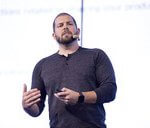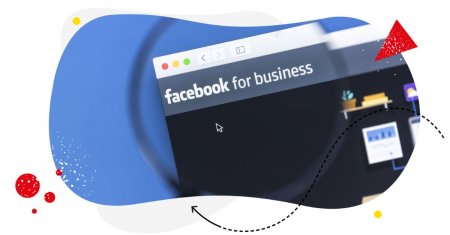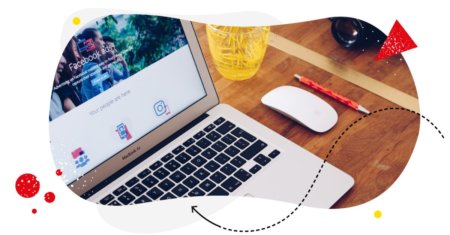Digital media has revolutionized marketing: brands have switched from advertising on TV and sending pamphlets to using Facebook ads and marketing emails.
But in this saturated market, attracting the right leads can be a challenge. According to a MarketingSherpa survey, 79% of leads do not convert into paying customers.
If you combine Facebook ads and email marketing in the right way, you can optimize your funnel dramatically and improve the conversion rate. Read on to understand this process better.
What is a sales funnel?
A sales funnel is a process that shows a customer’s journey to make a purchase. There are different stages of the sales funnel: awareness, interest, decision, and action. Knowing the various stages, you can plan your marketing campaign per the customer’s mindset.
In the first stage, potential customers learn about your product. They usually find out about it through advertisements. In the second stage, they evaluate your product based on their interest and needs. In the third phase, they will consider the pros and cons and check details such as pricing or available discounts. Finally, in the last stage, they will make a purchase.
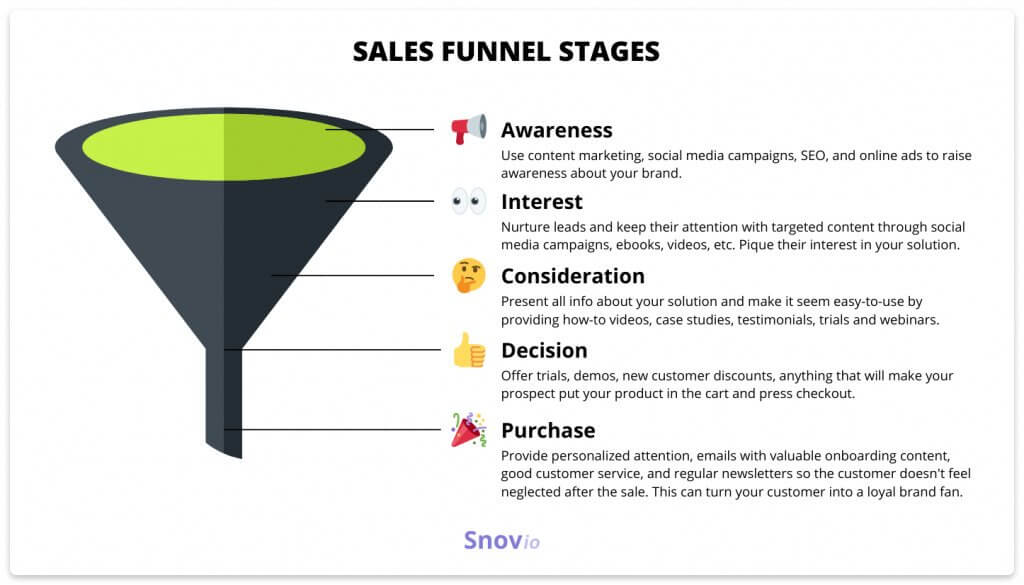
Benefits of Facebook ads
Facebook reportedly has 2.85 billion monthly active users. With such a large audience, the app is perfect for ads that create brand awareness. It’s one of the best channels to engage with your potential customers. What’s important, Facebook offers targeted ads through which you can select a specific audience.
Unlike organic efforts, ads can help you quickly bring high-quality leads. For example, you can run an ad for $5 and reach 1000 people. That’s affordable if you can maintain your customer’s lifetime value.
The ads will help you engage with customers, create brand awareness, and boost sales. With limited spending, you can land users right on your website.
The idea is to leverage social platforms to generate leads and use email marketing to convert those leads into customers.
Benefits of email marketing
Email marketing has been in the business for a while now. It allows brands to send offers, discounts, and newsletters to leads and customers. A survey shows that 40% of B2B marketers consider email marketing the most critical way of generating leads.
Firstly, email marketing is an excellent way to connect with customers and gain their trust. When you personalize your emails, you not only showcase that you care about your customers’ interests but also multiply the chances of sales.
Secondly, email marketing helps you keep a tab on customers’ feedback: you can send surveys to your customers that will help you improve your products and services.
Finally, email marketing helps with sales. Your email marketing can incorporate promotional messages that will encourage the users to make a purchase. It also works great for generating traffic to your blogs.
Pairing Facebook ads and email marketing will help you get the best of both worlds. With Facebook Ads, you can create brand awareness and get contacts that you’ll later nurture with emails.
How to create a sales funnel with Facebook ads and email marketing
Drive traffic to your landing page
Creating a good Facebook ad requires learning about its functionalities first. Your ad will convert better when you target the right audience with the right message.
Capture the audience’s attention with a heading that describes your product in a few words. Make it catchy and complete so that the audience quickly gets the idea.
Once you have the user’s attention, the next step is to engage them. Your ad copy should be relevant and not too pushy. Don’t make it appear as if you are desperate to sell your product. Instead, discuss the customers’ pain points and how your product can help.
You can research your audience’s language style and create copy accordingly for better results.
Adding a compelling call to action to your ad works as the final push. Your CTA should reflect the action the user will take.
Since most people are visually stimulated, you should pay special attention to the visuals. Be creative with the graphics and make them vibrant.
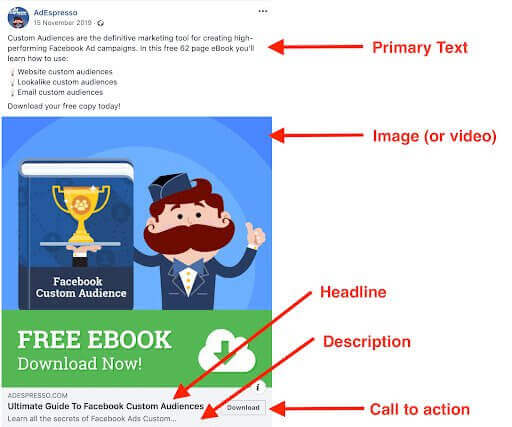
Last but not least, you shall select the right audience for your ads. If you are not choosing the right segment, you might still generate leads, but they won’t convert. Always choose to create ads for your niche audience rather than the general public.
Turn visitors into subscribers
When people click on your Facebook ads, lead them to a relevant landing page where they can get added to your email list. Use a subscription form or a popup to collect names and email addresses.
To convince people to share their email addresses, you must give them a compelling reason. Incentivize them with a freebie, a discount code, or a special event.
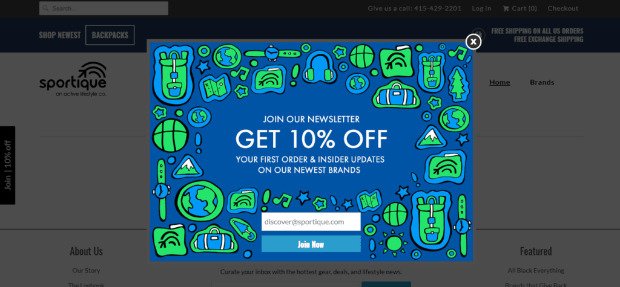
You shall also elaborate on the content of your marketing emails: do you include helpful advice, tips, and exciting information? Write about it!
Nurture leads
Once you have generated enough leads, the next step is to convert the leads into customers.
Welcome the new subscribers with a welcome email. It’s a great chance to introduce your brand and show how you can add value to your subscribers’ lives.
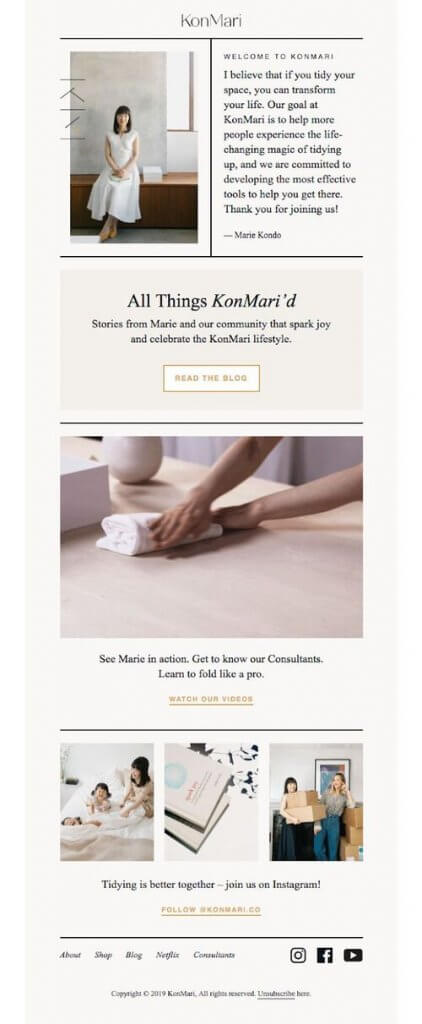
Create a sales email sequence that introduces your best products to your subscribers. Show them testimonials, give them offers, and address their objections.
You can also leverage segmentation to create more personalized emails. Segmentation in email marketing is creating groups of subscribers based on their preferences or past behaviors. Categories can depend on location, gender, engagement rates, or past purchases.
If you can collect your customer’s phone numbers once they are on your email list or before that, try reaching out to them over the phone for sales, feedback, event invitation, etc. You can use a cloud phone system or a business landline service to do that.
Most of the traffic on your email list is already aware of your brand, so this stage focuses on moving the leads from consideration to purchase.
Create a look-alike audience on Facebook
Having learned much about your customers from the previous stages, you can use your existing email list and reach similar audiences with a more optimized message and process.
Analyze the location, preferences, language, and mode of communication of the users who became your customers in the previous campaign. With the gathered data, you can target similar people with your Facebook ads and adjust your ad visuals and copy accordingly.
You can also upload your email list to Facebook to create a lookalike audience.

Once you learn more about your target audience, you can avoid targeting irrelevant audiences. It brings you back to optimizing for awareness but at a much lower cost than before.
Final thoughts
You start with one model for email marketing and Facebook ads, then analyze the results. If you succeed, then continue with the same pattern for other campaigns. If the results are not sub-par, you can always re-strategize and target the right audience.
You may also like the following articles:


